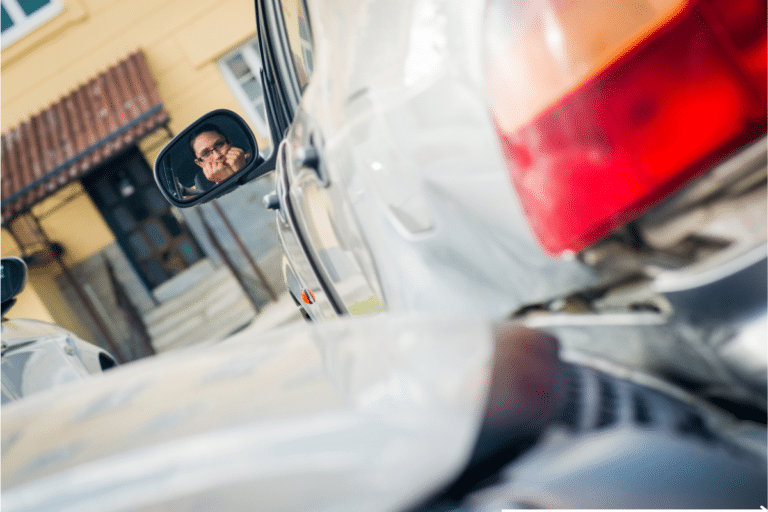Parking lot accidents can occur for many reasons, and do on a regular basis. Though these accidents occur at low speeds and thankfully often amount to little more than minor property damage, filing a claim can still be a hassle. Knowing how insurance companies determine fault in a parking lot accident can help you prepare for what comes next so speak with a car accident lawyer in Ogden, UT immediately following an accident.
Yielding the Right-Of-Way
Most parking lot accidents boil down to determining which driver had the right-of-way when the accident occurred. In a shopping center or business parking lot, typically several different lanes exist connected by thru lanes around the parking lot’s perimeter. Generally, the cars in the thru lanes have the right-of-way, and cars entering and exiting the parking lanes must yield to them. As a result, if a person pulls out into a thru lane and hits another driver, he or she will likely be at fault in the accident. The exception to this rule would be the presence of a stop or yield sign in the thru lane that the other driver fails to obey.
Navigating Parking Spots
Another common accident scenario occurs when drivers are pulling in and out of parking spots. When a driver backs up into a car passing through the lane on their way to the perimeter of the parking lot, then he or she will likely be at fault for the accident, since he or she did not yield the right-of-way. However, a collision may also occur when two cars on opposite sides of the lane back up into one another – who is at fault when this occurs?
Determining fault can be tricky, since both drivers are required to exercise reasonable care when backing out of parking spots, and that includes looking for other vehicles exiting surrounding parking spots. If one vehicle has already started the process of exiting a parking spot, then the other driver should wait before performing his or her exit maneuvers. If one party clearly began the process of exiting their spot first, then the second driver will likely be at fault for the accident.
When it is unclear who exited a parking spot first, then the drivers may share fault for the accident. Under the rule of comparative negligence, they may be responsible for their degree of fault.
Pedestrians in Parking Lots
Where do pedestrians fall in the right-of-way matrix in parking lots? Generally, cars must yield the right-of-way to pedestrians in parking lots. This especially applies where crosswalks are present, such as in front of shopping center entrances. However, drivers should be cautious and yield the right-of-way to pedestrians no matter where they are in the parking lot. The law tends to assign a higher duty of care to drivers with regard to pedestrians, and a driver who hits a pedestrian will usually be liable for their damages, with the exception of certain circumstances.
Why Does Fault Matter?
Determining fault in a car accident is important because it will ultimately affect your insurance coverage and where to file a claim. If you have the right-of-way in a parking lot and someone hits you, for example, then you will file a claim with the at-fault driver’s insurance policy. If you are at fault for an accident, on the other hand, you will file the claim under your own coverage. By obeying the rules of the road and yielding the right-of-way to the appropriate party in parking lots, you can reduce your liability and the chance of a premium increase when you cause an accident.





